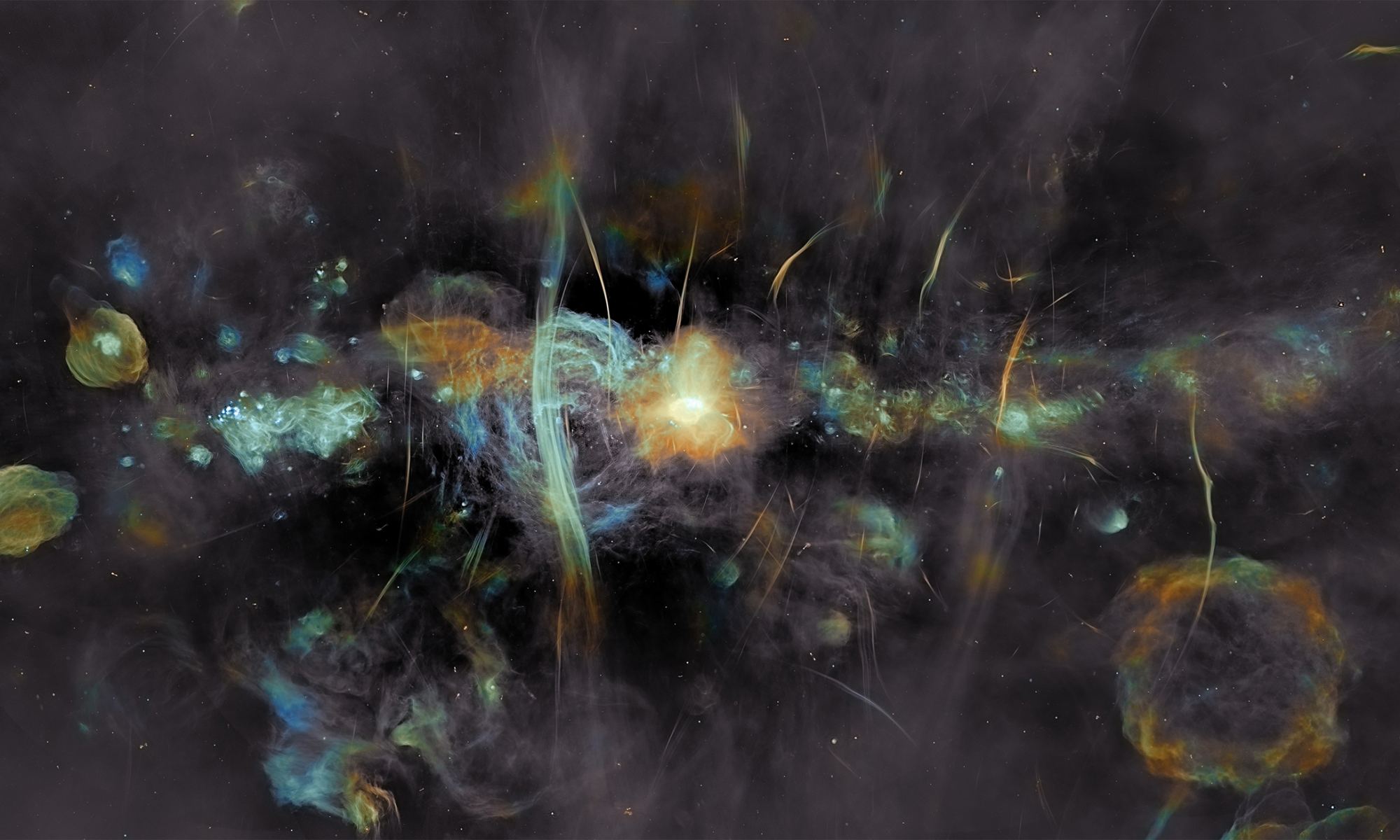For decades, astronomers have used powerful instruments to capture images of the cosmos in various wavelengths. This includes optical images, where visible light is observed, and images that capture non-visible radiation, ranging from the radio and infrared to the X-ray and Gamma-ray wavelengths. However, these two-dimensional images do not allow scientists to infer what the objects look like in three dimensions. Transforming these images into a 3D space could lead to a better understanding of the physics that drives our Universe.
In a recent study, an international team of researchers led by the Minnesota Institute for Astrophysics (MIfA) at the University of Minnesota announced the development of a new technique for radio astronomy. This first-ever technique reconstructs radio images into three-dimensional “Pseudo3D cubes” that allow astronomers to get a better idea of what cosmic structures look like. This technique could lead to an improved understanding of how galaxies, massive black holes, jet structures, and the Universe work.
Continue reading “Scientists Develop Technique to Create 3D Models of Cosmic Structures”








![Artist’s impression of one of the two stars in the FU Orionis binary system, surrounded by an accreting disk of material. What has caused this star — and others like it — to dramatically brighten? [NASA/JPL-Caltech]](https://www.universetoday.com/wp-content/uploads/2020/02/PIA20689_fig1.jpg)
